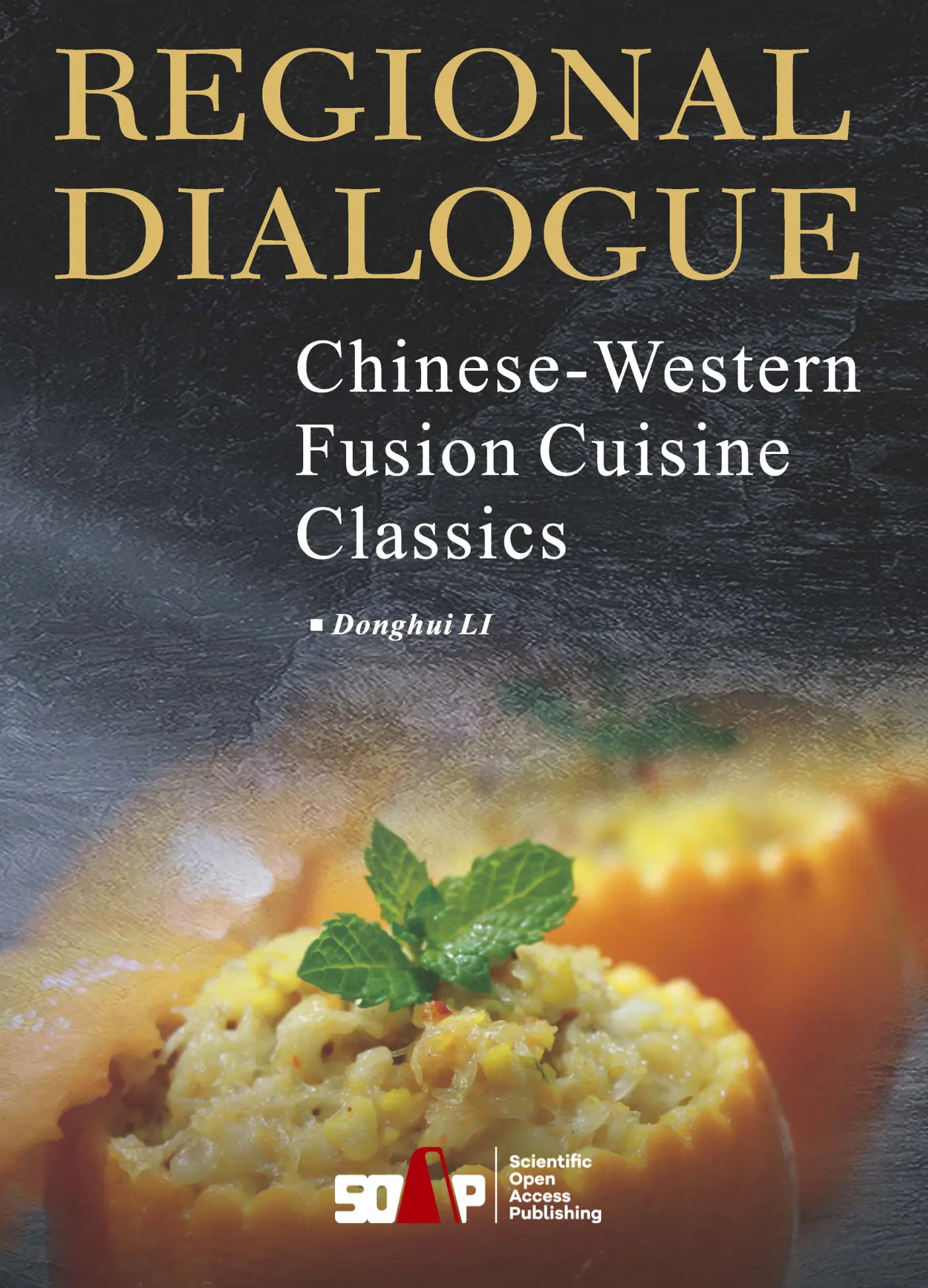
National Examination System and Social Stratification in China
中国国家科举制度与社会分层
Detailed Information
Author Introduction
Book Introduction
Catalog

She currently works as a Research Assistant at the Beijing Academy of Social Sciences. Her primary research interests include Artificial Intelligence in Education (AIED), higher education policy, comparative education, and innovative curriculum and instruction. She previously served as a Project Assistant at the United Nations Development Programme (UNDP), contributing to international policy analysis and report drafting.
Ms. Yu has published academic papers in various domestic and international journals on topics such as AI and academic ethics, East Asian education comparison, and drama education.
She also serves as an editorial board member for the journal Education Insights. With an interdisciplinary research background and an international perspective, she is dedicated to exploring educational innovation and social governance in the digital era.
National Examination System and Social Stratification in China explores one of the most consequential issues in contemporary Chinese society — the intricate relationship between education, social mobility, and structural inequality. Written by Dr. Wang Peng, a leading researcher at the Beijing Academy of Social Sciences, the book provides both a theoretical reflection and policy-oriented analysis of how education functions as a mechanism of opportunity and stratification in China’s rapidly transforming society.
At its core, the book is organized around three interrelated themes: educational equity, educational involution, and the construction of an education powerhouse.
The author begins by situating educational equity as the moral and institutional cornerstone of social justice. Drawing from China’s long tradition of valuing learning and teachers, he argues that education has historically served as the most legitimate channel for personal advancement and social mobility. Modern policy initiatives—such as the Opinions on Building a High-Quality and Equitable Basic Public Education Service System and the 2024 Policy on Educational Equity—represent the state’s continuous effort to balance resources between urban and rural regions, ensuring that every child can develop in a fair environment.
Education, Wang emphasizes, embodies the belief that diligence and merit can transform one’s destiny—a belief that underpins not only individual aspirations but also the collective faith in a fair and upwardly mobile society.
The second theme diagnoses the phenomenon of educational involution, a concept that captures the self-reinforcing cycle of overinvestment and diminishing returns in education. As social expectations for academic success soar, students, parents, and schools are caught in a relentless race—marked by after-school tutoring, credential inflation, and extreme psychological pressure.
Wang likens this to a social “arms race” that benefits neither individuals nor society: families exhaust financial and emotional resources; teachers face burnout; and educational inequality deepens as elite institutions accumulate advantages. The government’s Double Reduction Policy—aimed at curbing excessive homework and commercial tutoring—is cited as a crucial intervention to restore education’s original purpose: to cultivate balanced, well-rounded individuals rather than test-taking machines.
The final section turns toward solutions and future prospects. To become a genuine education powerhouse, China must shift from quantity to quality—transforming its focus from rote learning to creativity, innovation, and holistic growth.
This transformation, Wang argues, requires systemic collaboration:
- The government must regulate and guide educational markets;
- Schools should prioritize student well-being and diversified curricula;
- Families must adopt rational expectations and reject blind competition;
- Society should cultivate respect for the intrinsic laws of education and human development.
Educational innovation—anchored in moral education, critical thinking, and global vision—is positioned as the engine of sustainable national progress.
In essence, the book paints a panoramic picture of China’s educational transformation—highlighting the tensions between fairness and competition, tradition and modernization, personal ambition and collective responsibility.
It suggests that education in China is not merely a means of acquiring knowledge but a social contract that binds individual destiny to national rejuvenation. By addressing the intertwined challenges of inequality and involution, Dr. Wang calls for a balanced, humane, and future-oriented education system—one capable of nurturing capable, ethical, and responsible citizens for both the nation and the world.




